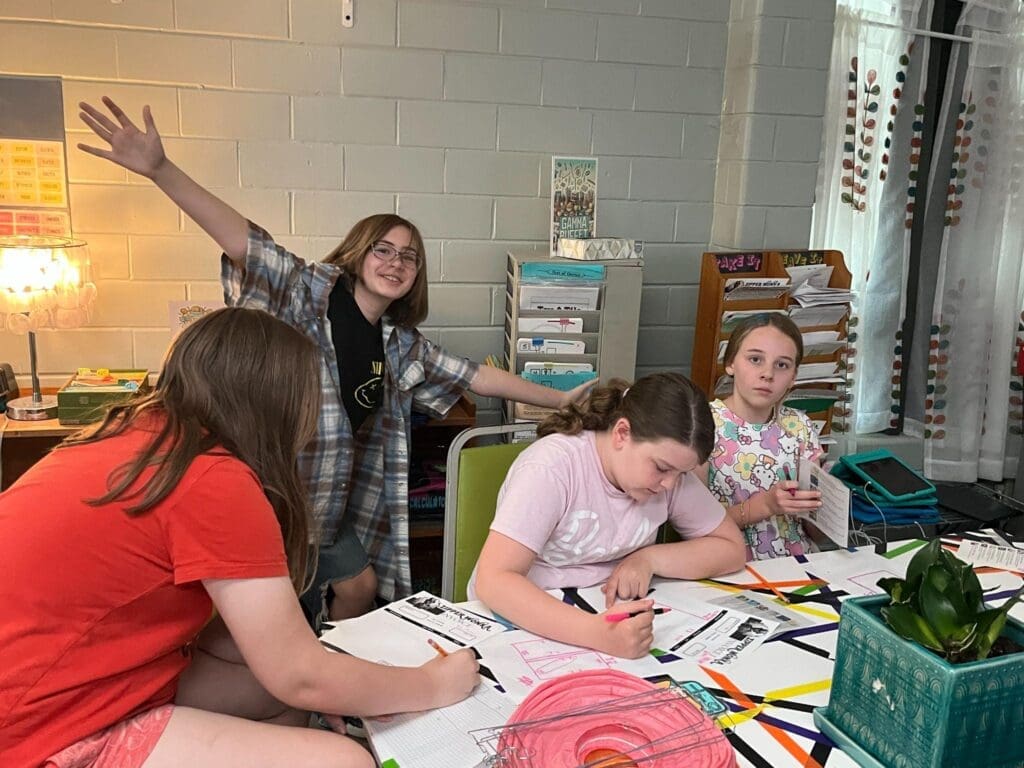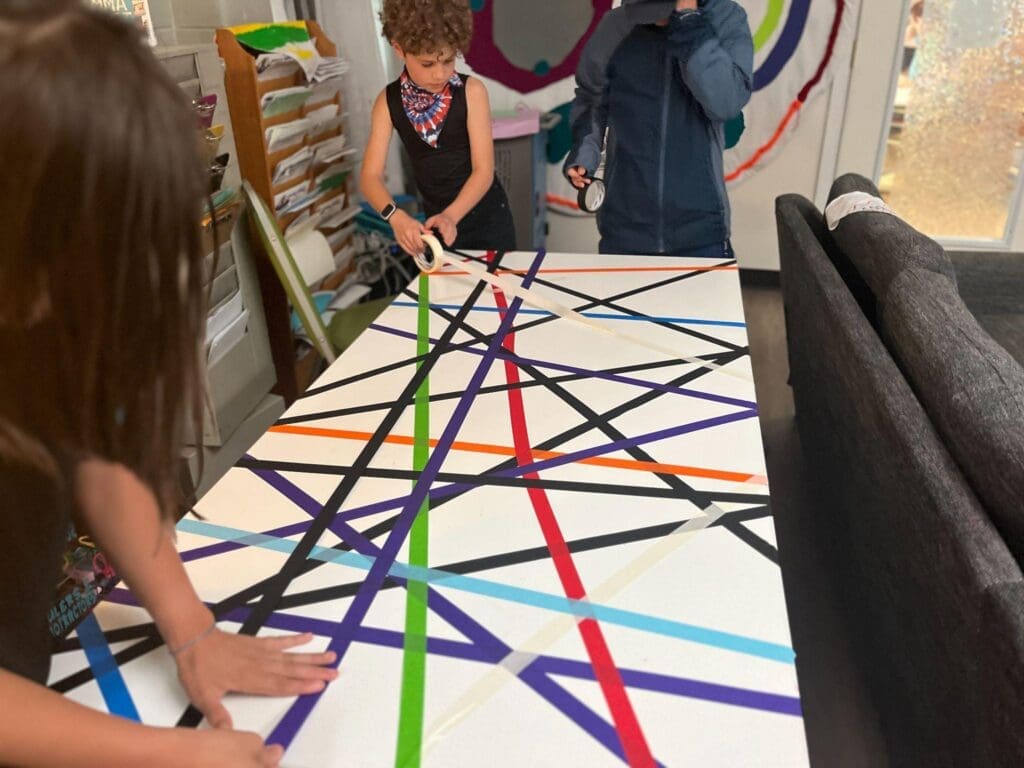Math –
Ms. Andrea’s math group began the week by comparing addition problems with regrouping written in two formats: horizontally and vertically. We decided that they’re easier to solve when presented vertically. We practiced rewriting, regrouping and solving! Next we tackled double digit addition and subtraction, solving word problems with the aid of a numberline. They worked well with partners and totally nailed it. On Wednesday we enjoyed a well deserved game/catch up day! It feels SO good to tie up some loose ends (and play a little) as we near the end of the quarter. We closed the week by practicing applying strategies to add 3 and 4 double digit numbers. Through their hard work the Beta’s are discovering the importance of working carefully to ensure accuracy – one small mistake will make their answer incorrect!
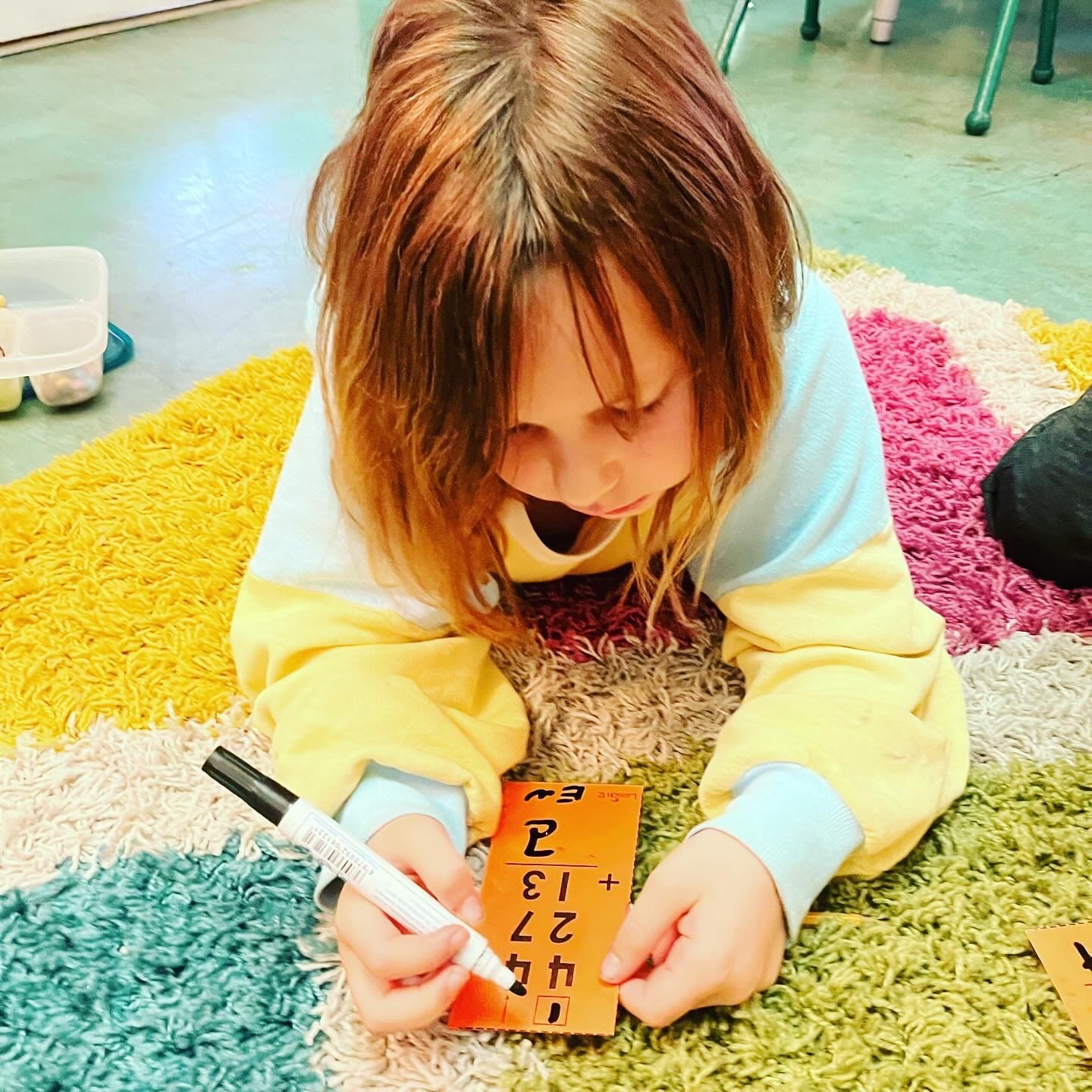 |
 |
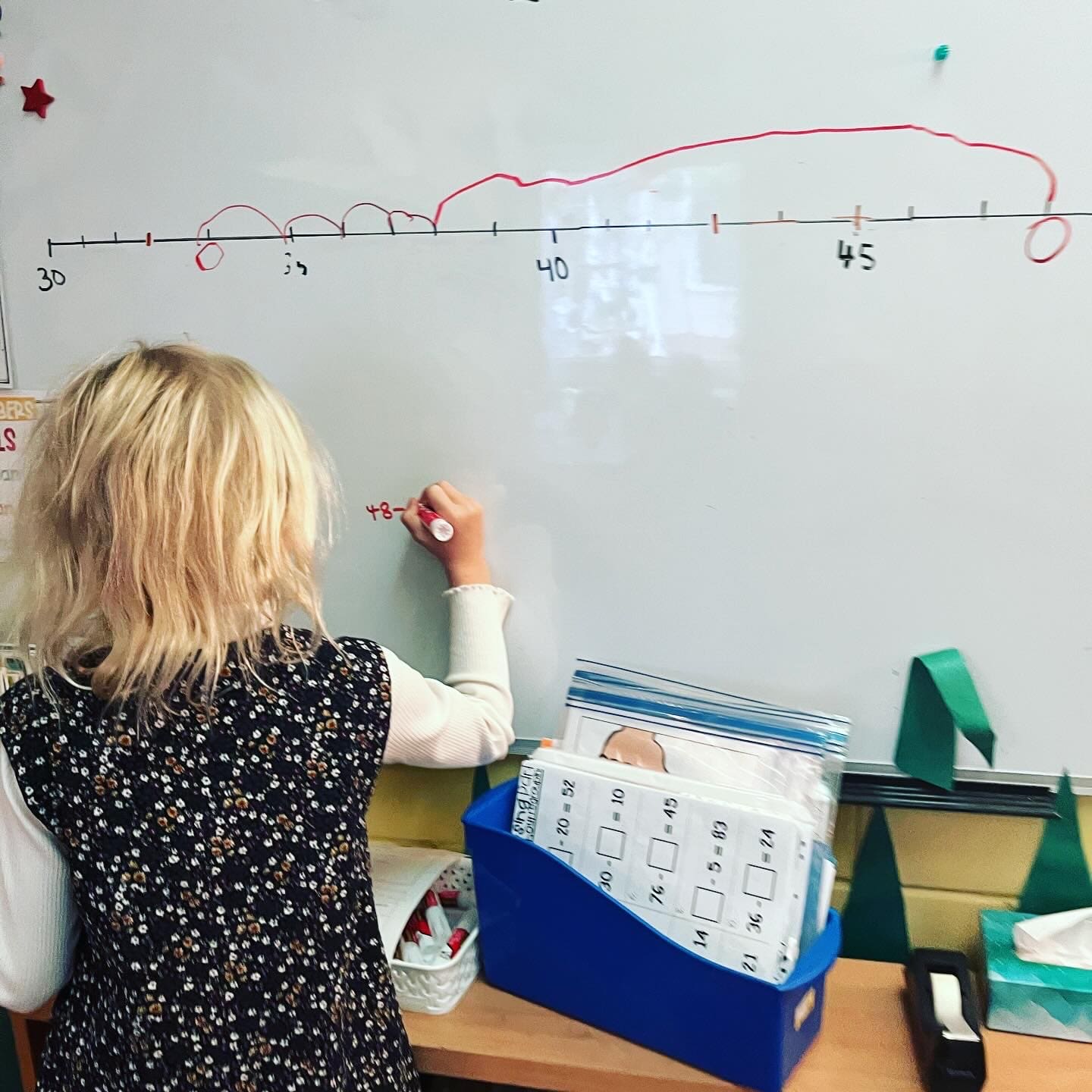 |
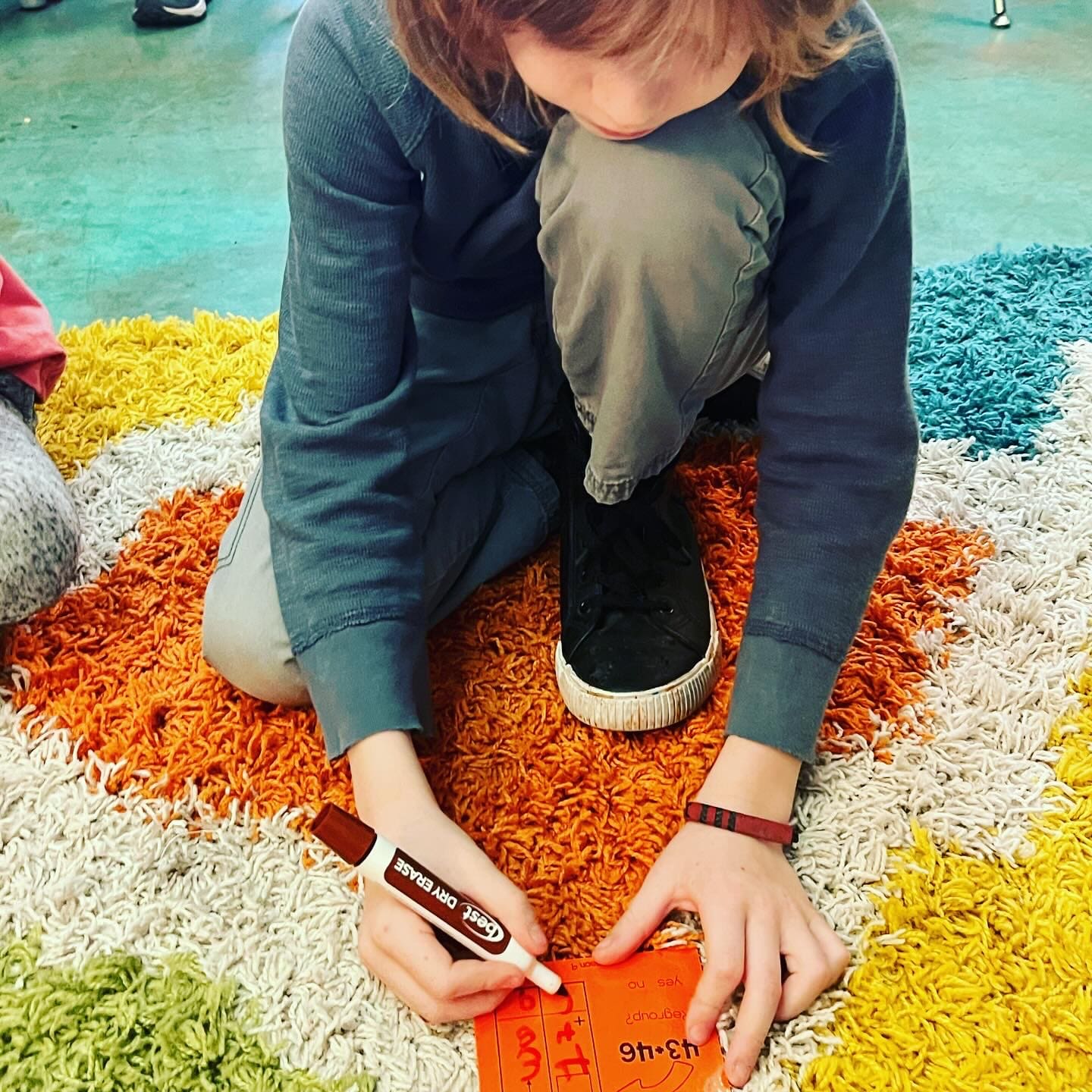 |
|---|
Ms. Kelly’s math group blasted through their first multiplication lesson- all about repeated addition. Repeated addition is also known as multiplication! This is because both the methods, although different, give the same answer. For example, if 3 is repeated four times we can either solve it as 3 + 3 + 3 + 3 = 12 OR we can solve it as 4 times 3 = 4 ✕ 3 = 12. We also created models of equal groups to represent multiplication equations. Multiplication by grouping into equal groups is a visual, concrete and hands-on approach to introducing a pretty tough concept like multiplication. After a few days of practice, the crew had a solid grasp on the repeated addition and equal groups strategies of multiplication, so we explored two properties of multiplication. The first- Identity Property- which is any number multiplied by one stays the same. And Zero Property- if you multiply a number by zero, the product will be zero. The kids felt like true mathematicians today as they filled the white board with work!
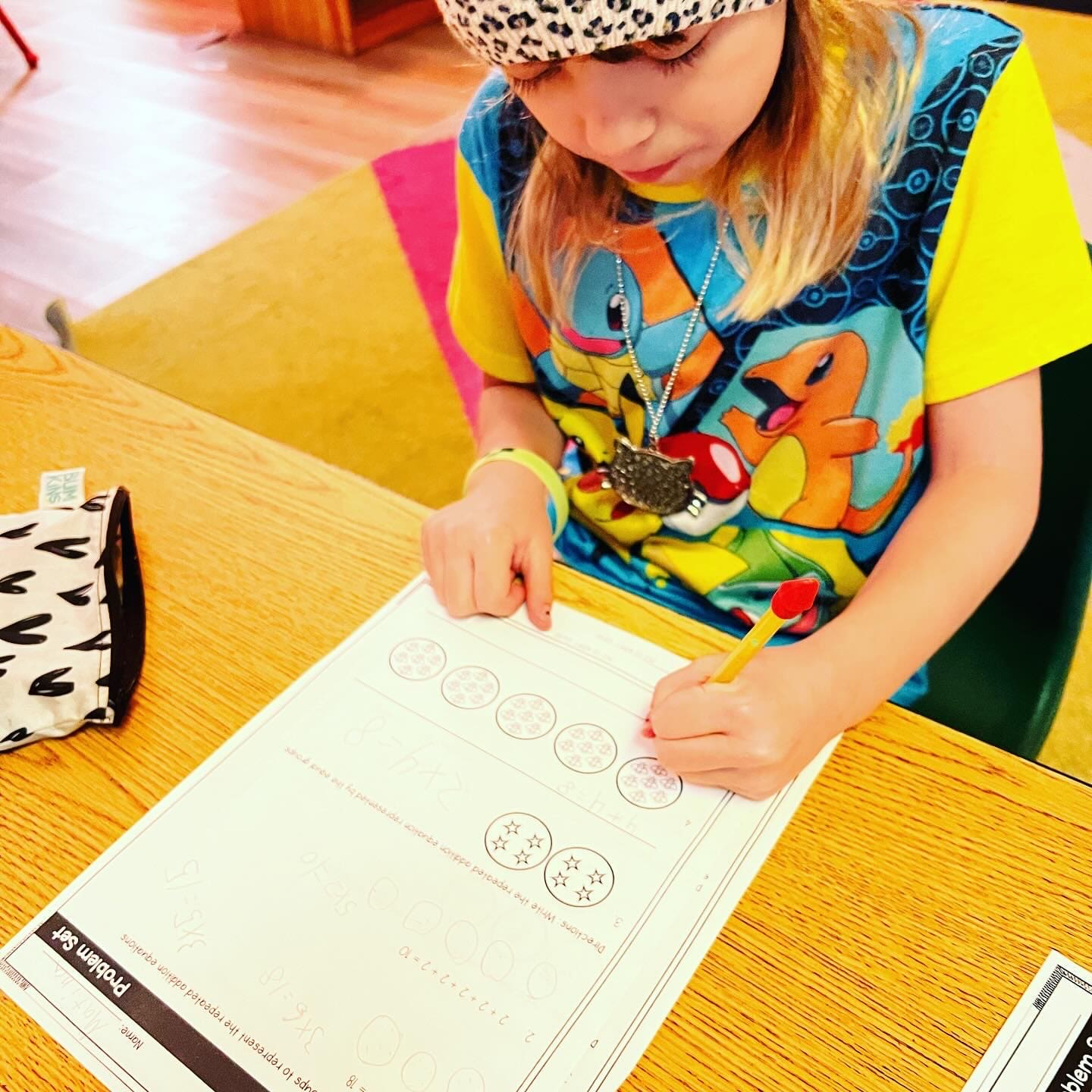 |
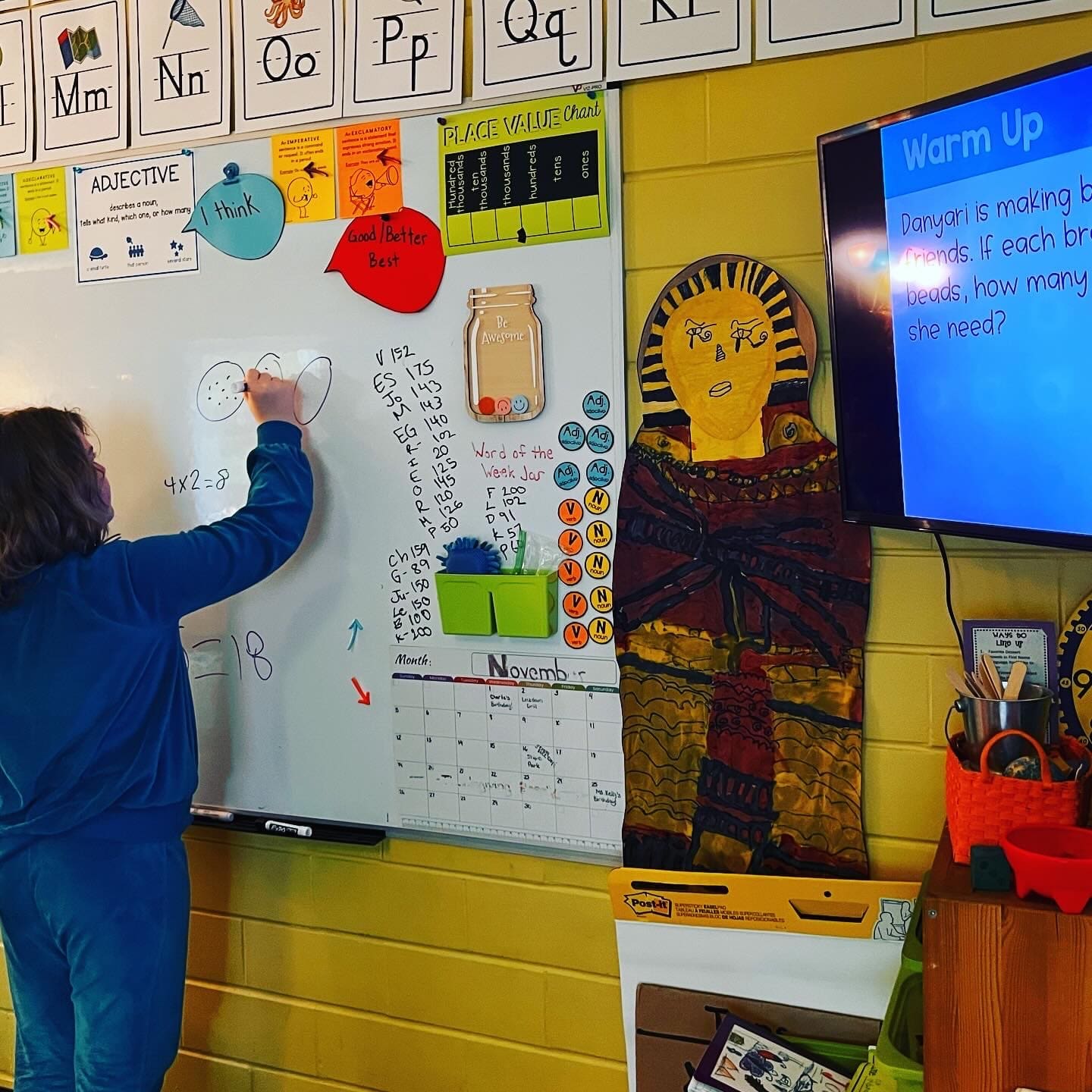 |
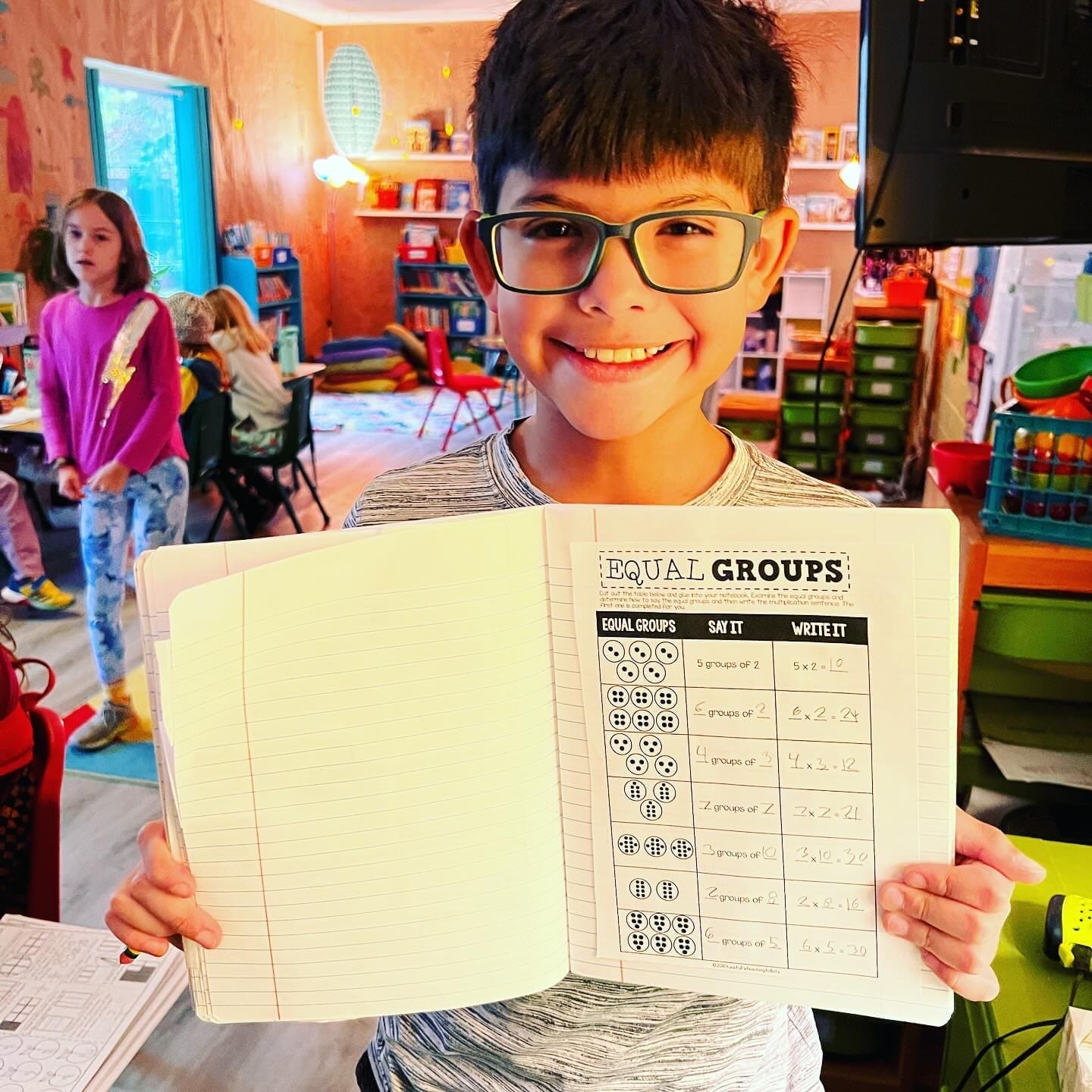 |
 |
|---|
Literacy –
It’s great to be back with our book club groups after a week off and they are running as smoothly as ever! And of course Book Club isn’t all we do during our reading block. We are working explicitly on learning new spelling patterns through manipulating letters, sorting words and playing games. A couple of our groups even have a heavy emphasis on morphology- the knowledge of meaningful word parts (typically the knowledge of prefixes, suffixes, and base words) It’s fun to discover a word part’s meaning through play- here we organized things in sizes. Example – big, bigger, biggest. Through the task, and discussions, we learned that the suffix -er means “more” when comparing objects and the suffix -est means “most”.
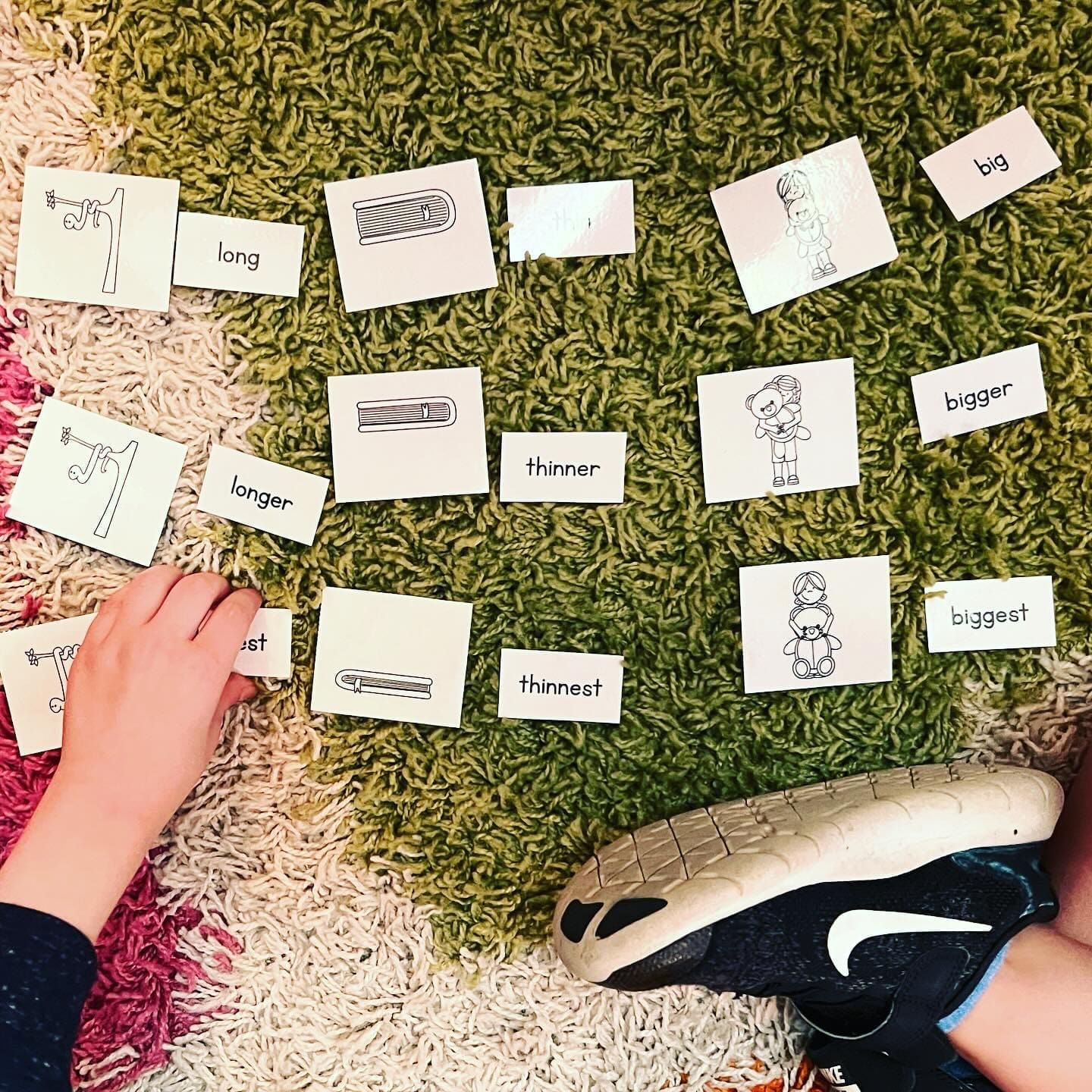
In writing we began the week reviewing where we left off with our “Who had the most important job in Ancient Egypt” opinion pieces before break. The kids then worked in pairs, helping one another out by bouncing ideas around if they needed some support or a fresh take on the subject. Then we began our opinion rough drafts, starting with the all important introduction and then tackling the 3 reasons and examples to back up our opinion!
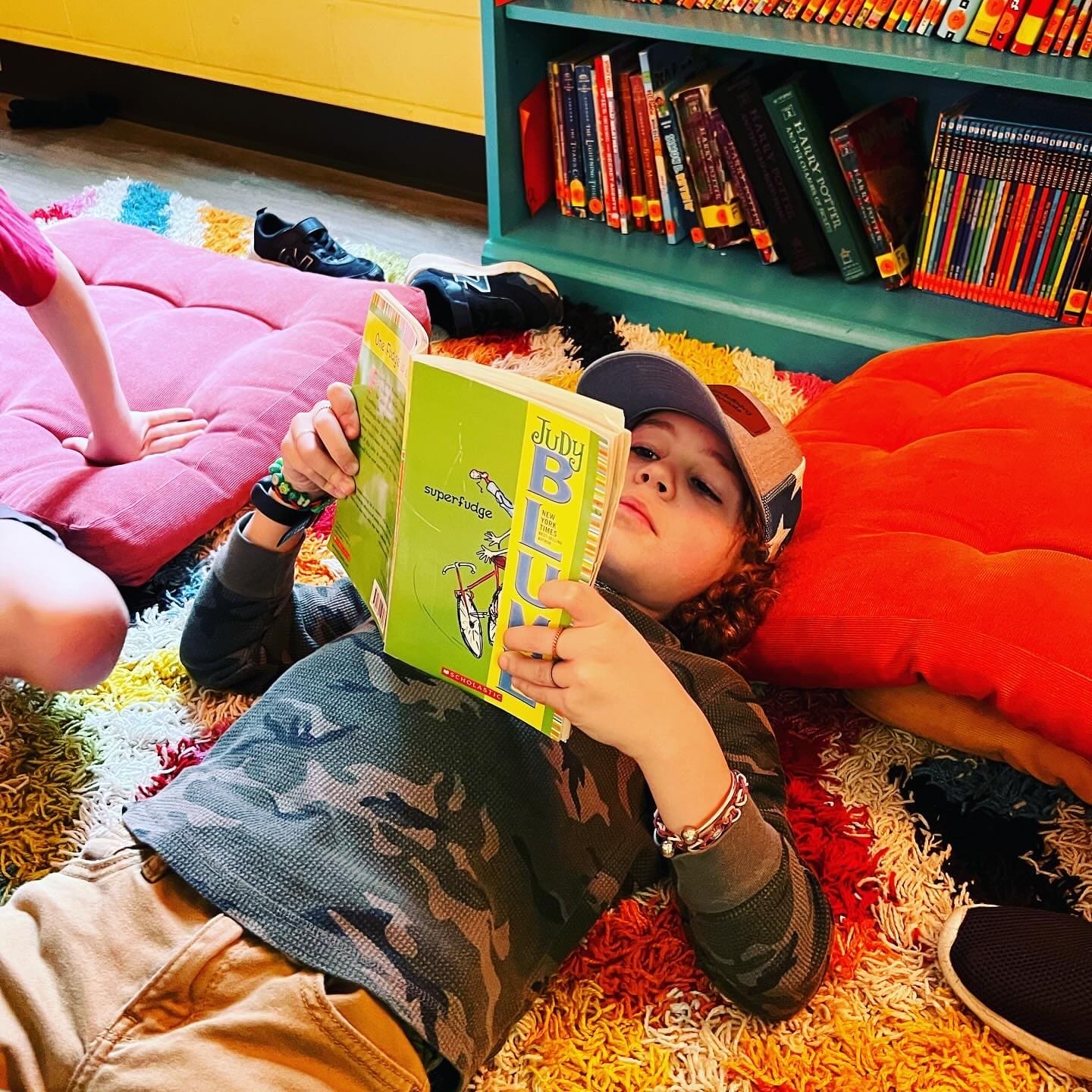 | 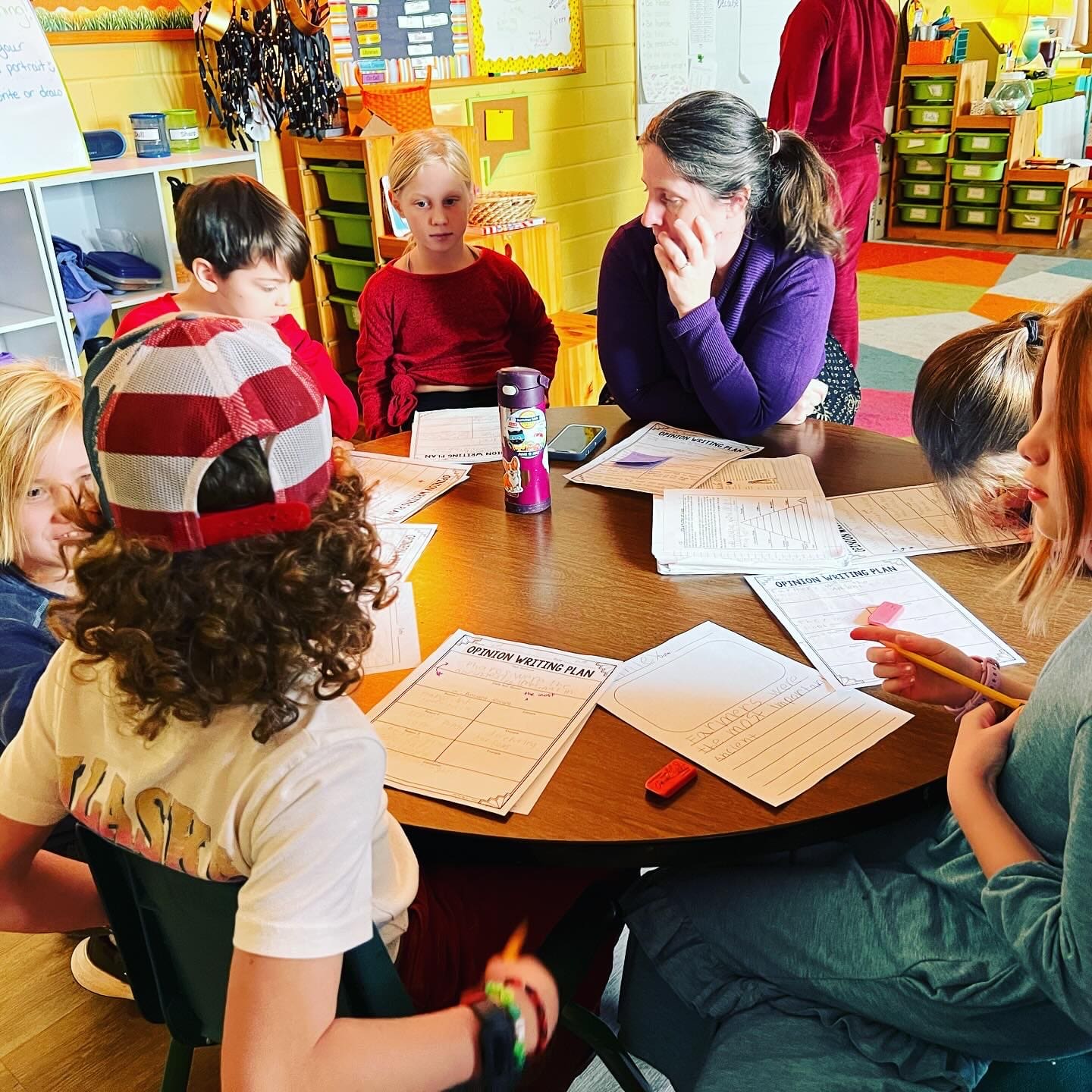 | 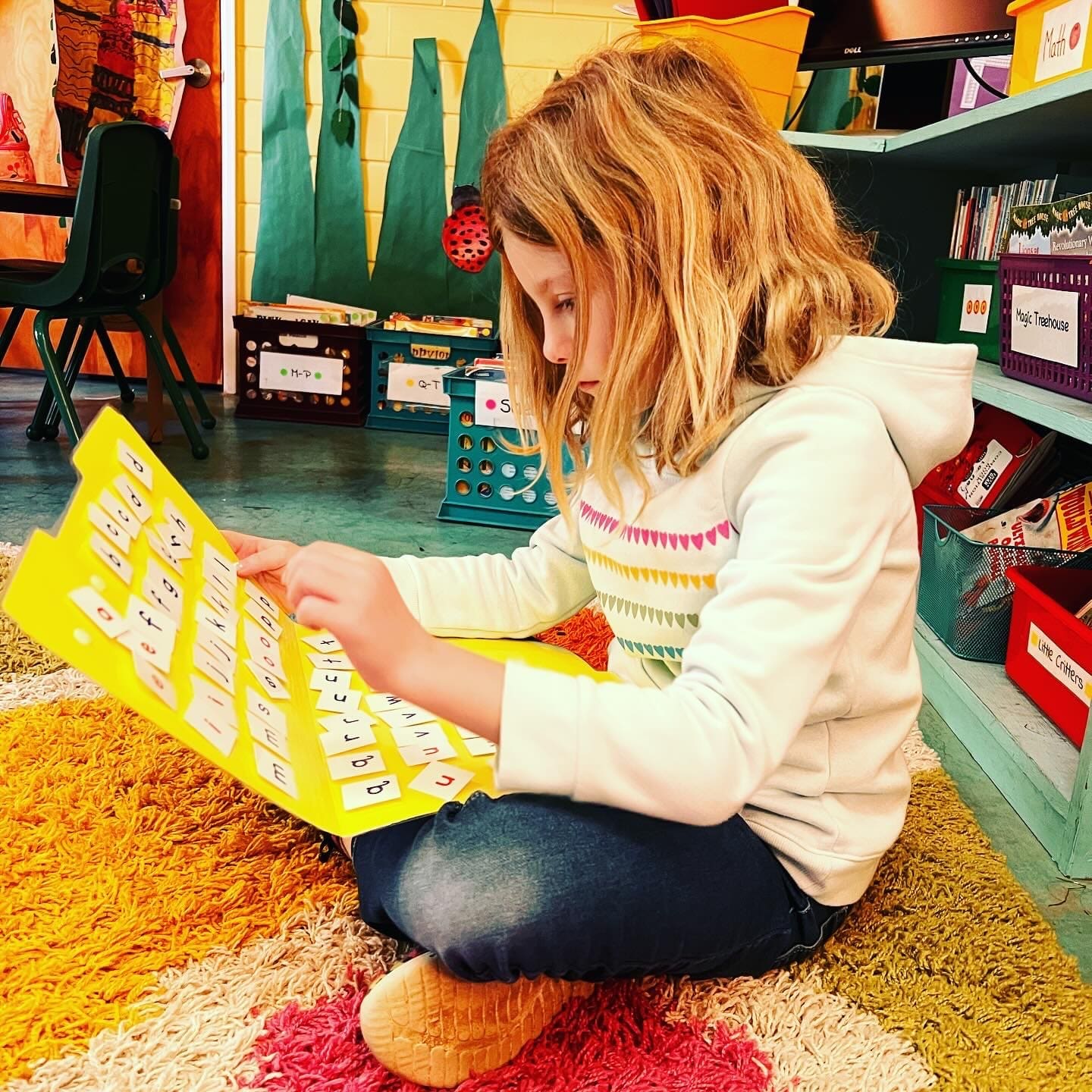 | 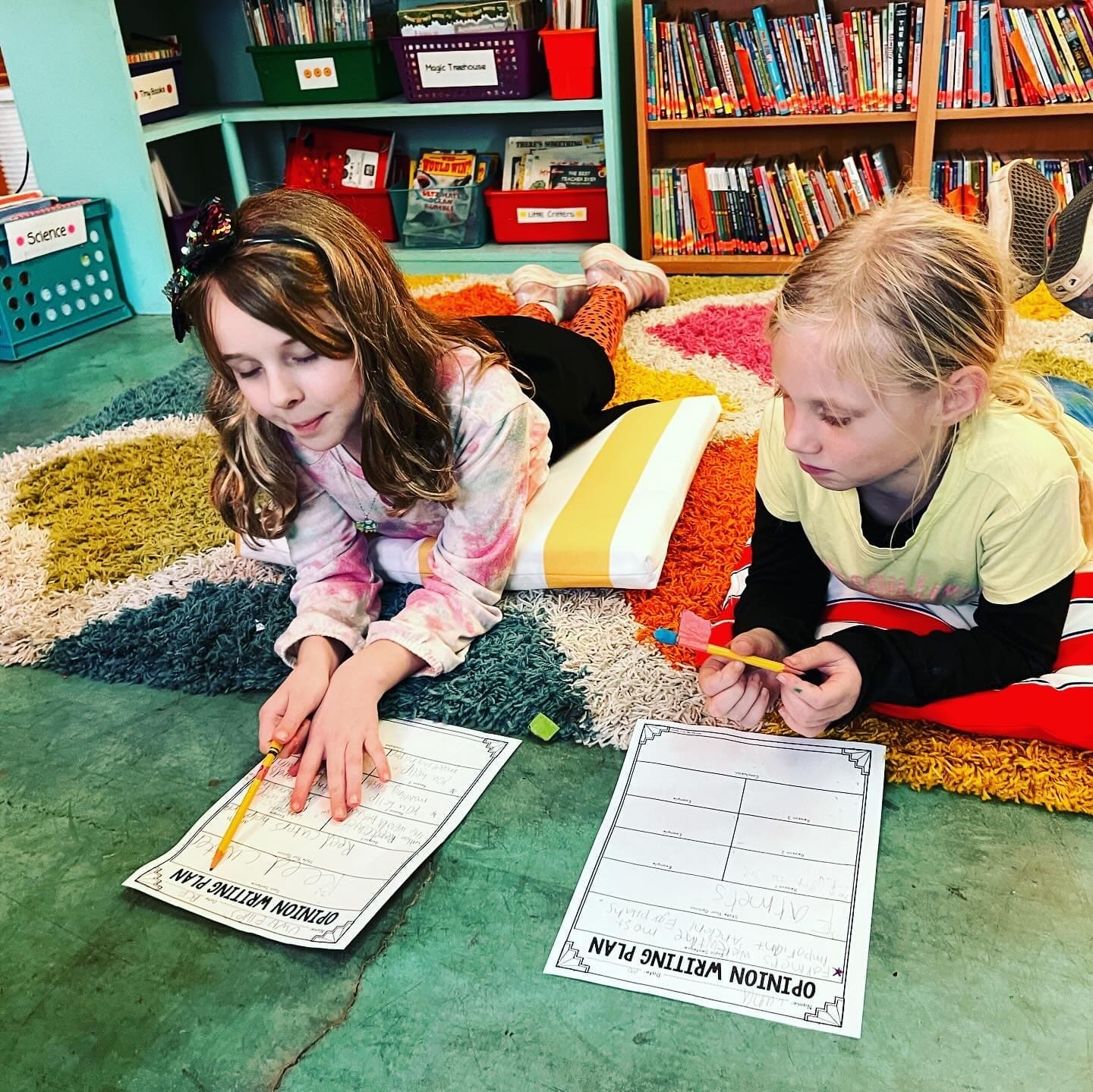 |
|---|---|---|---|
 |
 |  |
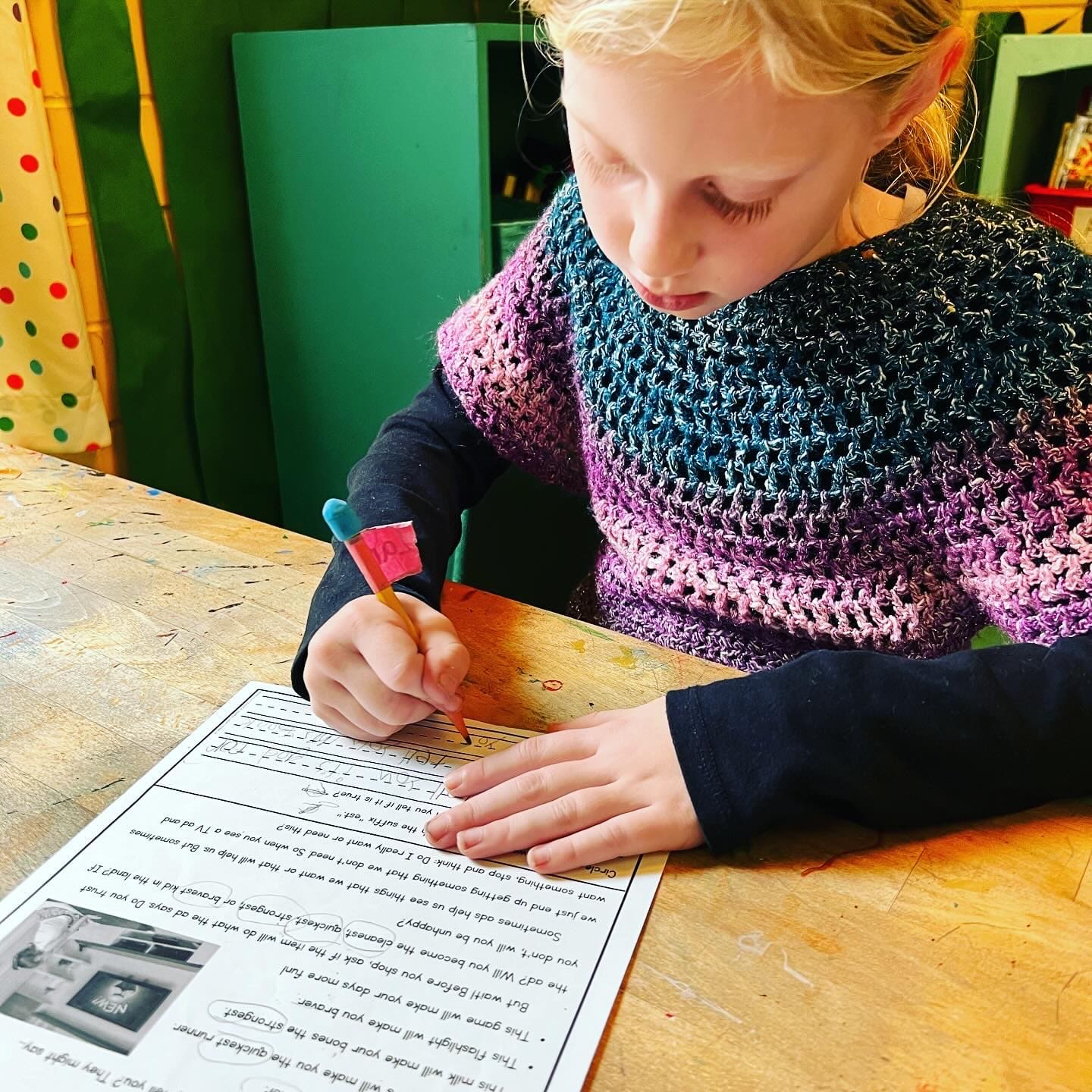 |
Theme –
The transformation has begun. From Beta to pharaoh! We have taken our profiles and pizzazzed them in such a way so we now look like the supreme leaders of the ancient land. Pharaohs were like kings or emperors. They ruled both upper and lower Egypt and were both the political and religious leaders. The Pharaoh was often thought of as one of the gods.
To the Pharaohs and all ancient Egyptians, the afterlife was very important to them. We learned that the ancient Egyptians believed each person was made up of five distinct parts – the physical body, the Ba, the Ka, the Name, and the Shadow.
Akh: The physical body was called the Akh. The Akh was most often used to mean a complete person, whether living or dead. While living, the Akh was composed of all five elements – your body, Ba, Ka, Name, and Shadow. When dead, the Akh referred to the reunion of the Ba and the Ka, which they believed happened each night.
Ba: The Ba was your personality, whatever made each person unique that was not physical – your humor, your warmth, your charm, yourself. The Ba is pictured in hieroglyphics as a bird with a human head. The Egyptians thought birds were able to fly between worlds, that of the living and the afterlife.
Ka: They believed every ancient Egyptians was born with a Ka that was uniquely theirs. Each Ka was a life force. The Ka is sometimes represented in ancient Egyptian hieroglyphics by a drawing of a very little person standing next to a picture of the same person drawn much larger. Sometimes the Ka was represented by two arms, outstretched. This was to ward off evil. When a person died, their Ka continued to live. A Ka needed the same nourishment that a person needed, even after they died. That’s why the ancient Egyptians painted pictures of food on the walls of their tombs. They believed the Ka did not actually eat these paintings, but rather absorbed the life-giving force they represented, so the Ka could live forever.
Name: If something happened to your preserved body, or if your Name was not written down somewhere, the Ba and the Ka would get lost. They would not be able to find their way home to your tomb. You would disappear. Forever. You would not be able to watch over your family or to enjoy your afterlife.
Shadow: The 5th part, the shadow, was the shadow of a body reflected by the sun. In ancient Egypt, each shadow was considered powerful. Actually, pretty much anything that offered shade from the sun was considered powerful. Your shadow was considered your protection.
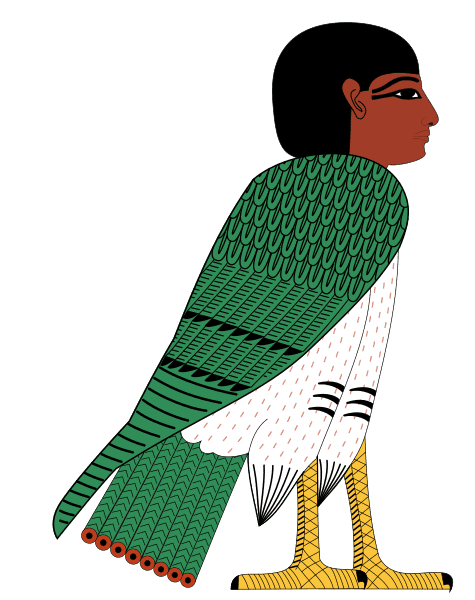
We explored The Book of the Dead. It is part of the Egyptian religion. Ancient Egyptians believed in magic and the book is actually a collection of magical speeches and prayers that would be used by the person that died.
It was designed to help and guide them so that they could pass the spiritual tests and enter the afterlife. The belief is that you would also join the gods and live in a place called the field of reeds. Many of the chapters of the book are written on papyrus paper, but some are also found on coffins, scarabs, tomb walls, and even other funeral objects.
They include illustrations and pictures that sometimes show the individual person as they make their journey to their afterlife.
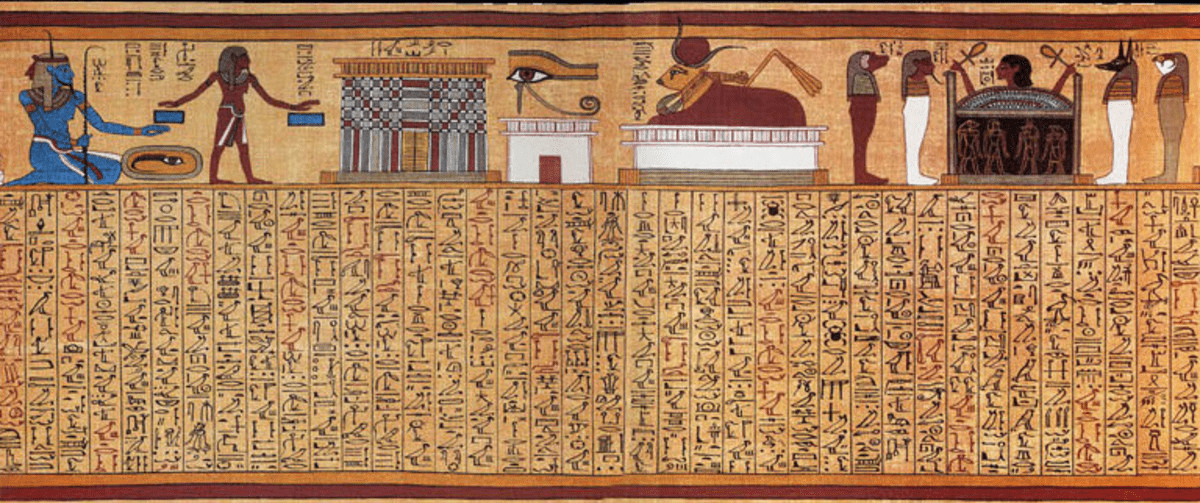
Most people in ancient Egypt were afraid of one particular god – the god Ammut. Ammut was the god with the crocodile head. The ancient Egyptians believed if you did something really bad during your lifetime that the god Ammut might magically appear and eat you. With her crocodile head, she had the teeth to do so.

The god Ammut was always on hand after you died, in case she was needed. The ancient Egyptians believed that to enter your afterlife, your heart had to be light. You gained a light heart by doing many good deeds during your lifetime. After you died, on your way to your afterlife, you had to travel through the Hall of Maat. The god Anubis weighed your heart. And the god Ammut stood by. If your heart was as light as a feather, you passed Maat’s test, and entered your afterlife. But, if your heart was heavy, Ammut would move swiftly and gobble you up.
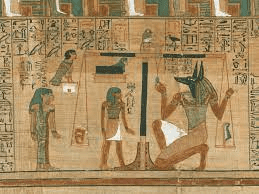
Everyone wanted to enter their afterlife. So nearly everyone in ancient Egypt did many good deeds during their lifetime. Nobody wanted to be eaten by the dreaded god, Ammut, whose body was a mix of lion and hippo, and whose head was that of a crocodile, the three most dangerous man-eating animals in ancient Egypt.
We took some extra time this week to create, and play, with our Peeps. The Weighing of the Heart really spoke to some of the Betas! Many played their own version!
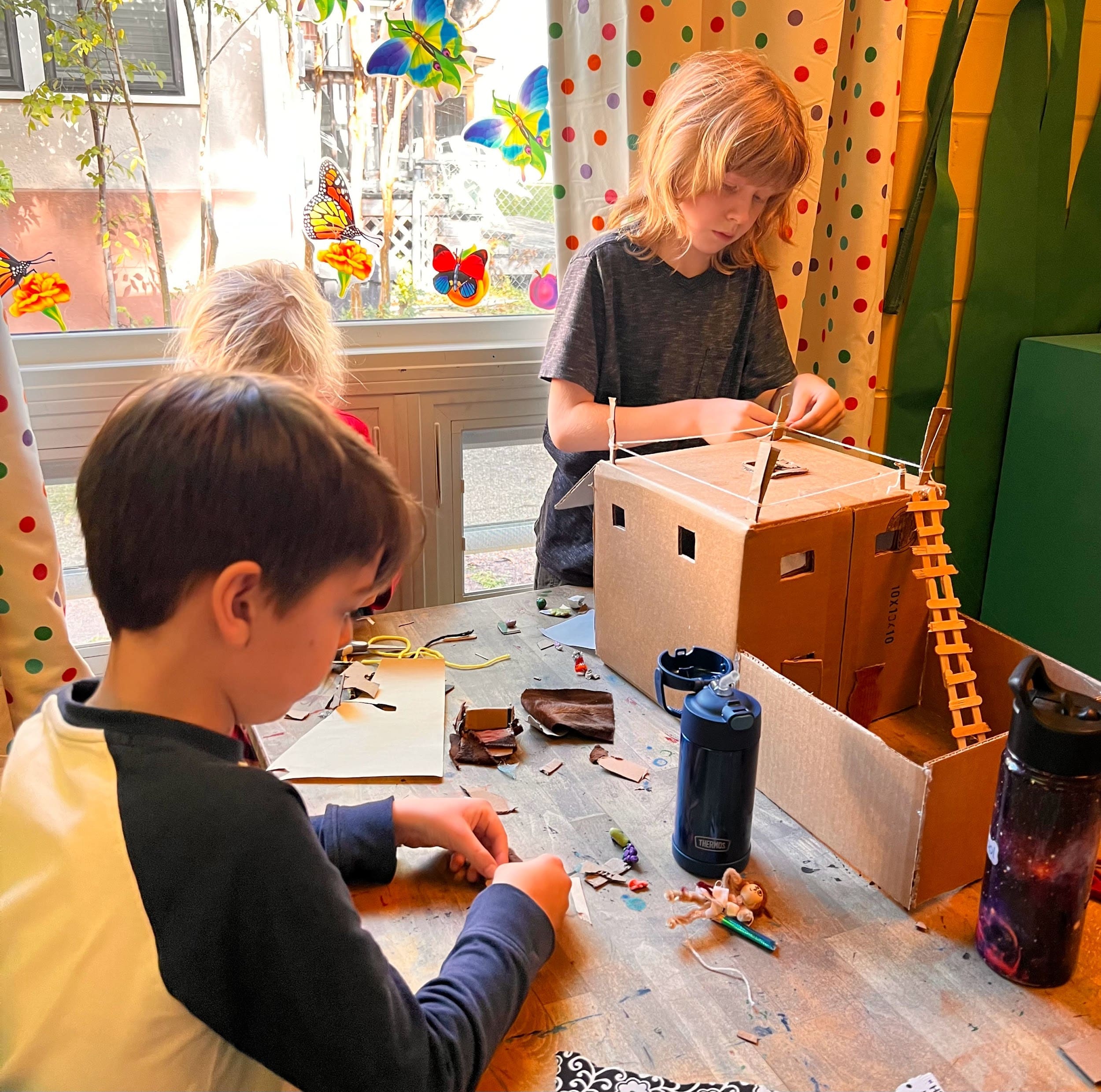 |
 |
 |
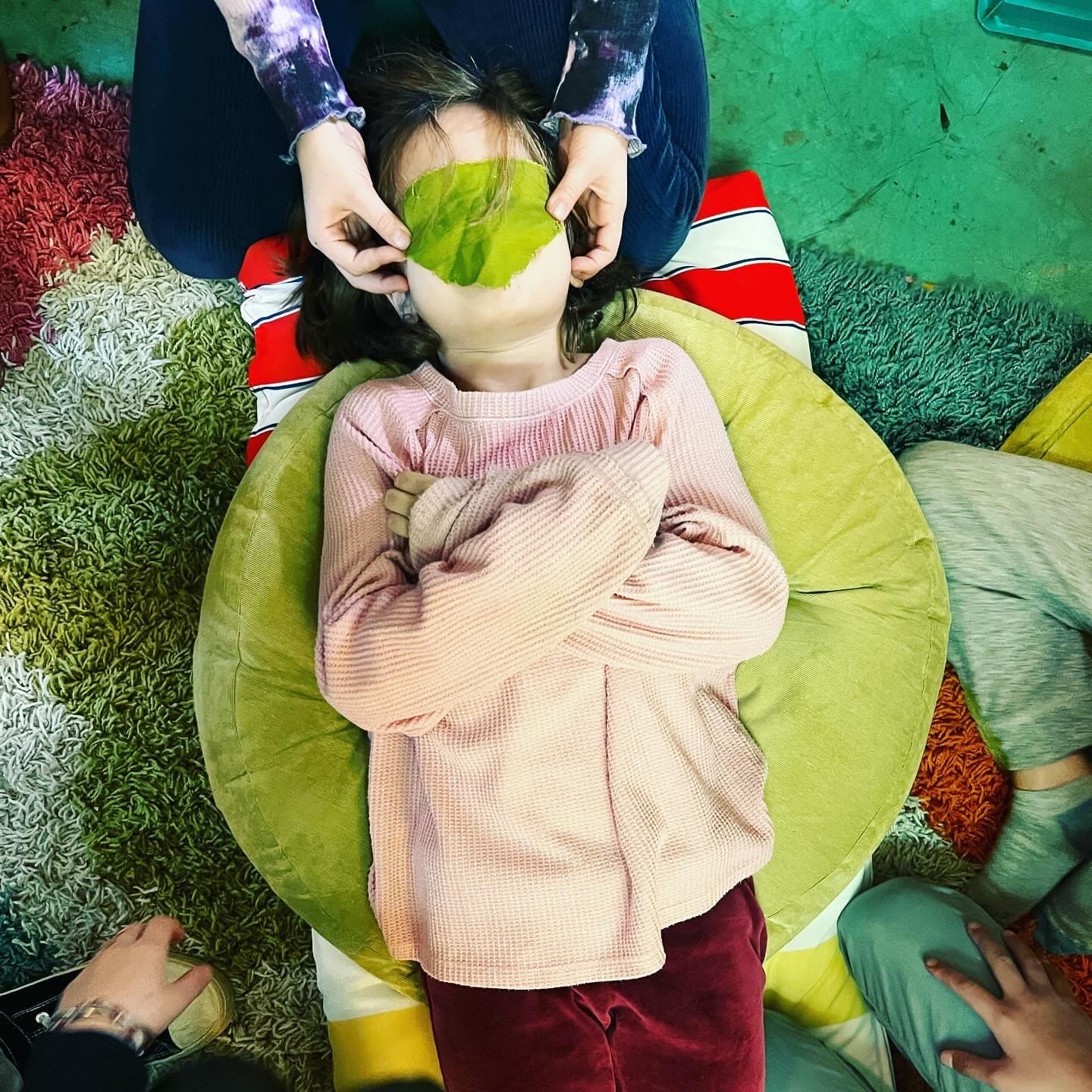 |
|---|---|---|---|
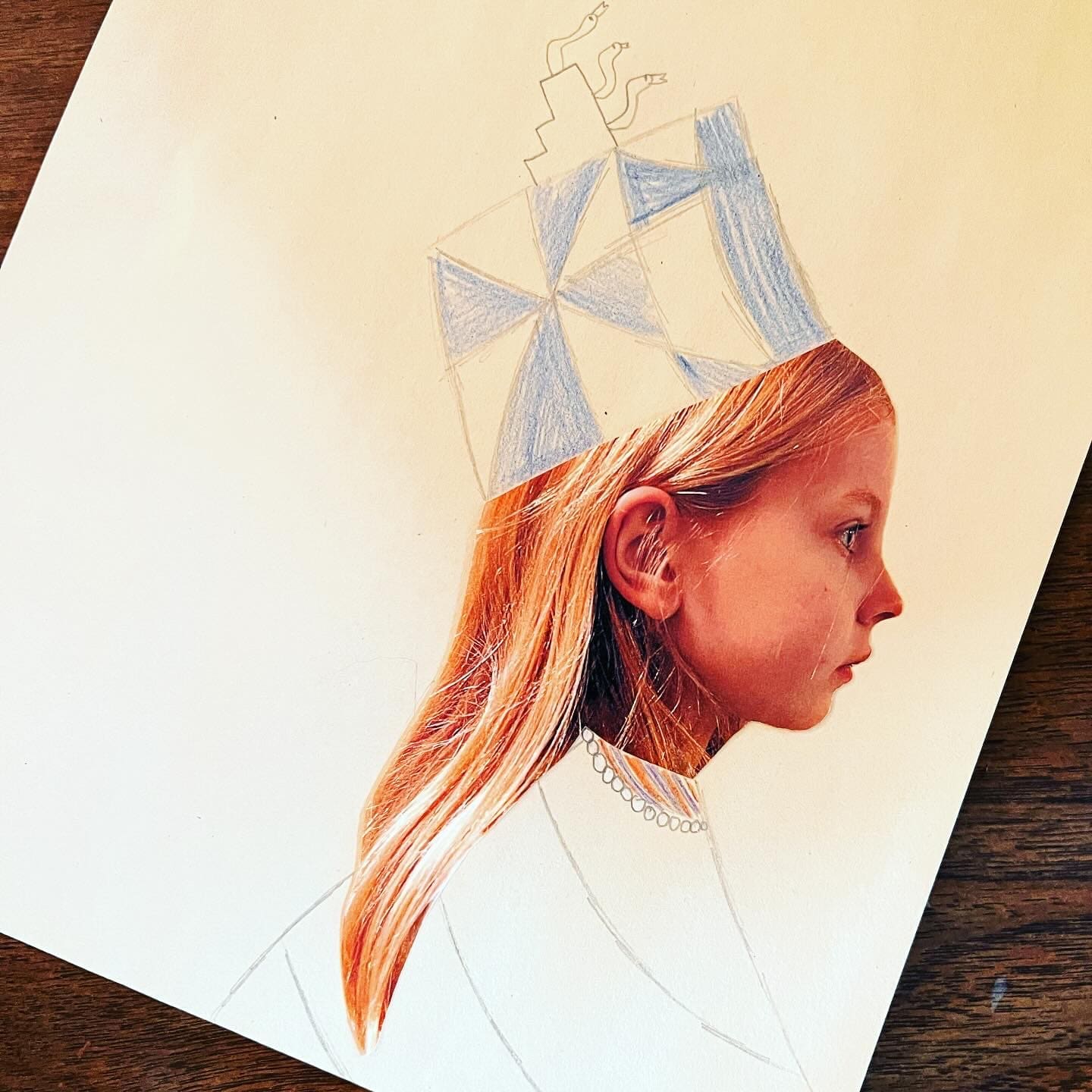 |  |
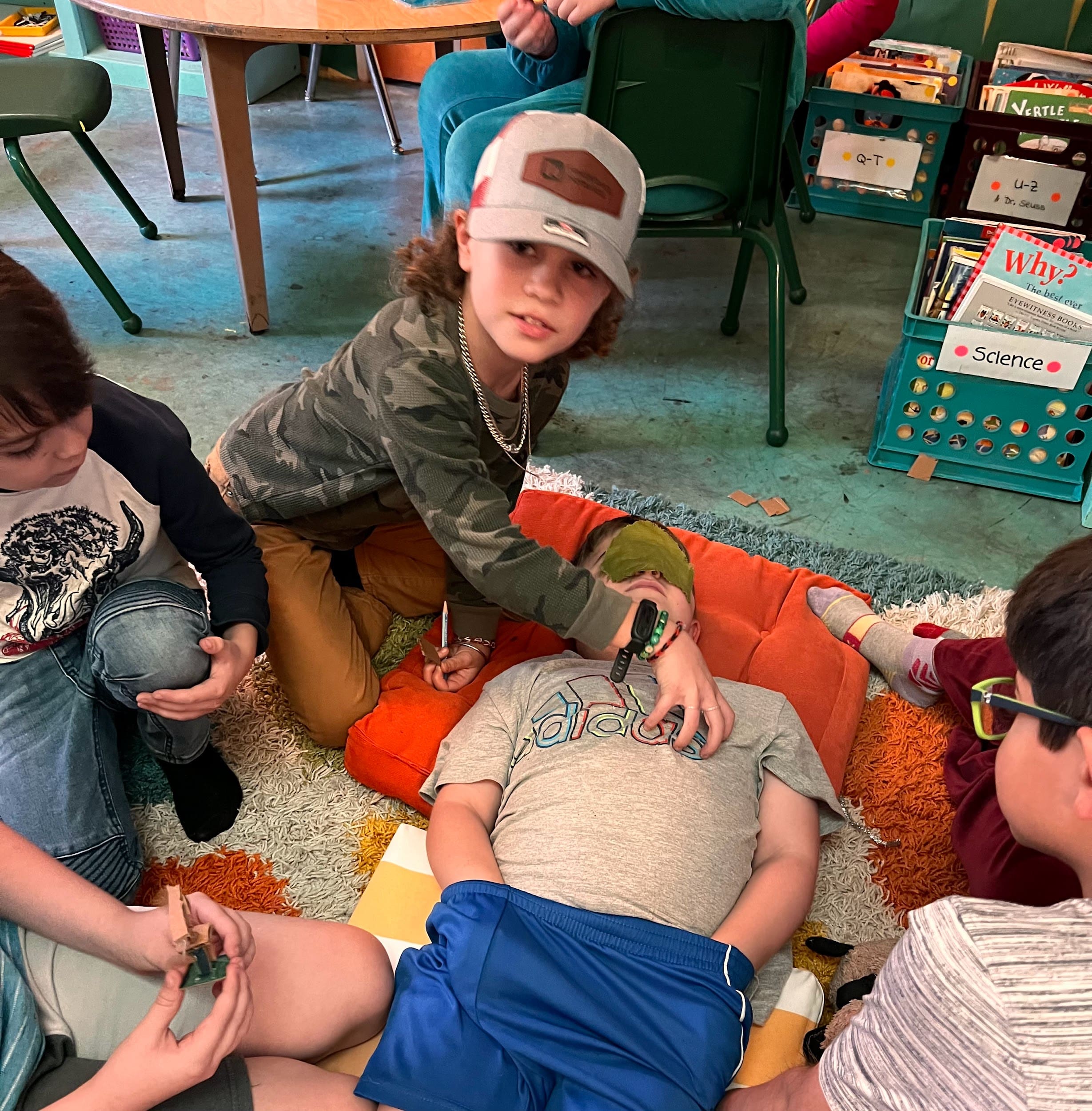 |
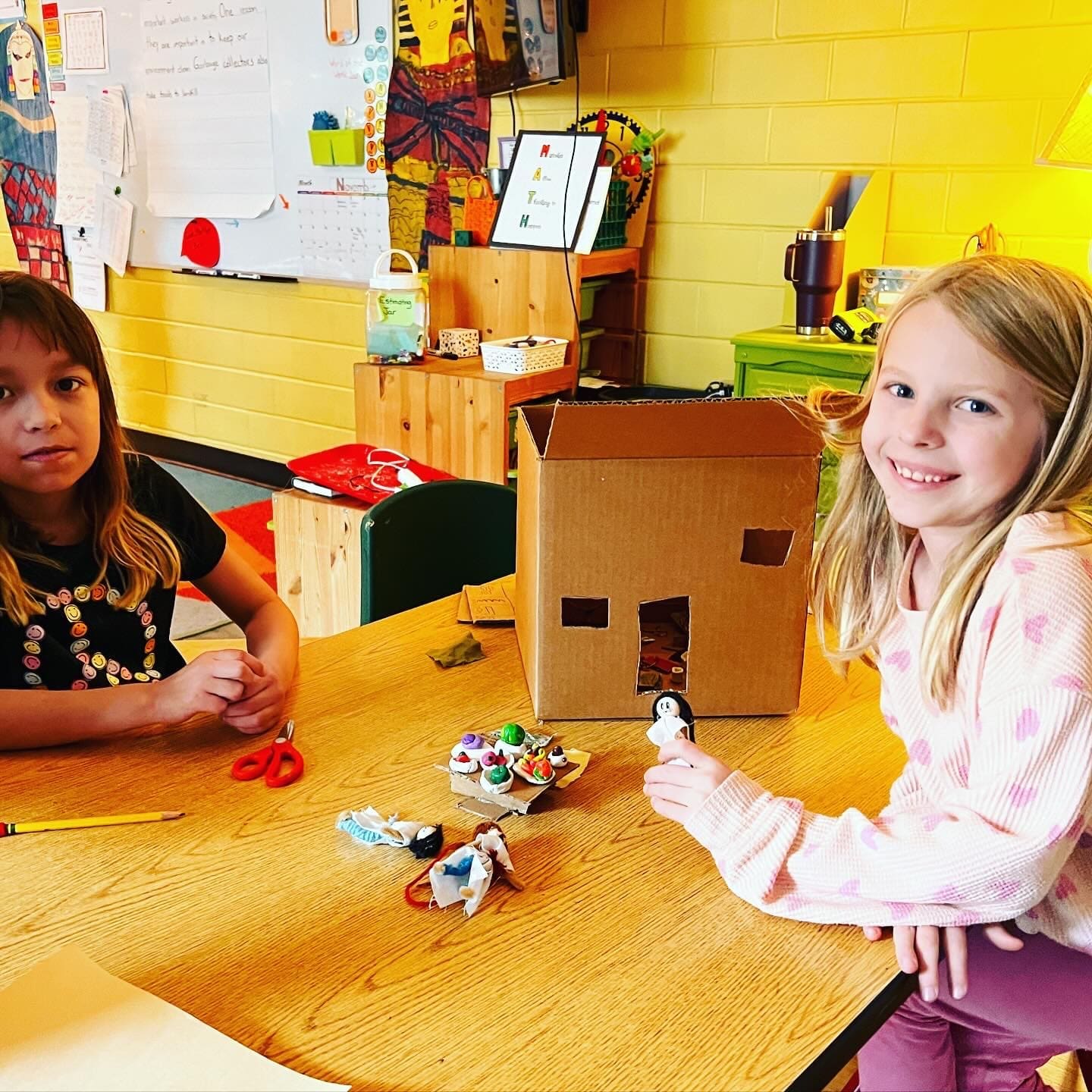 |
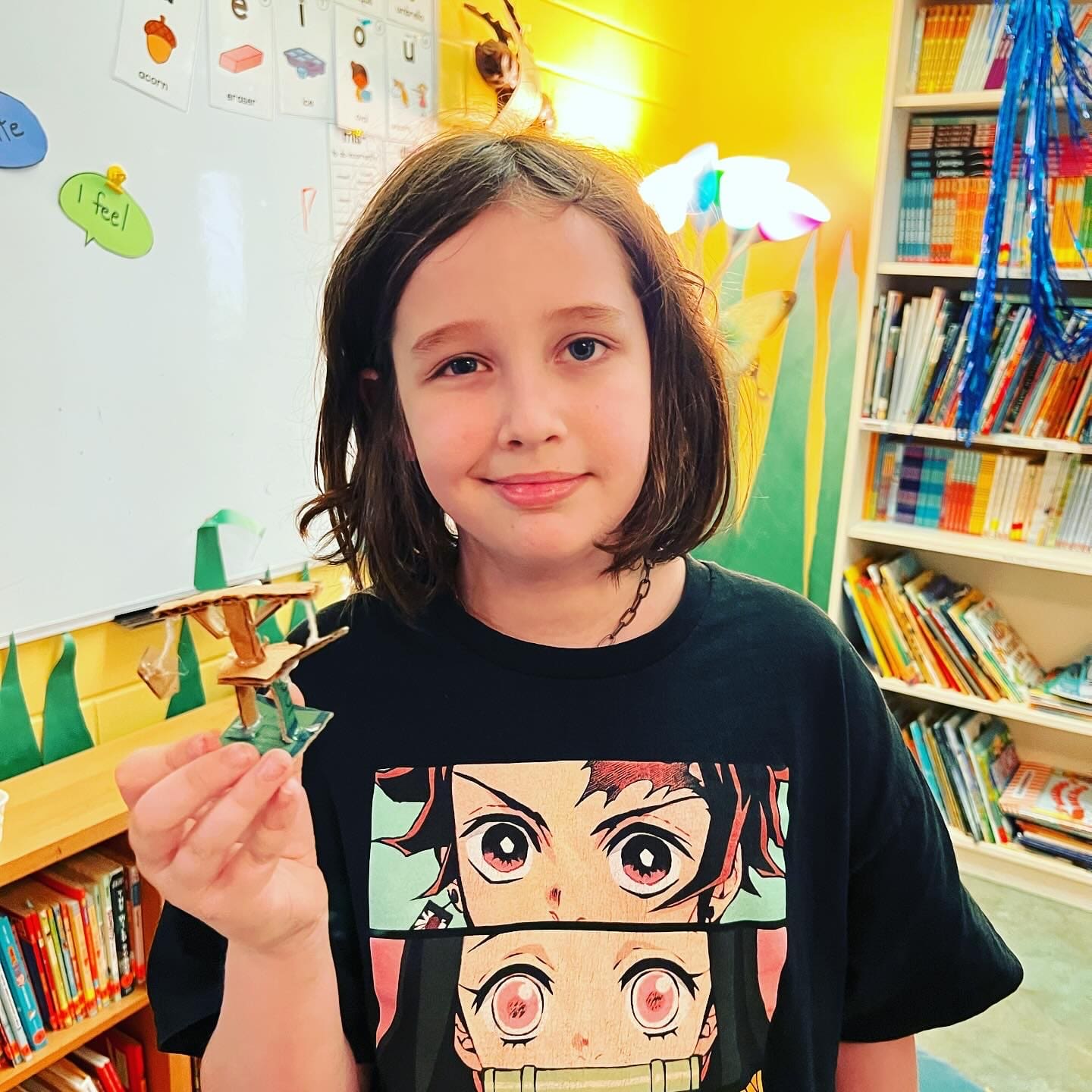 |
 |

